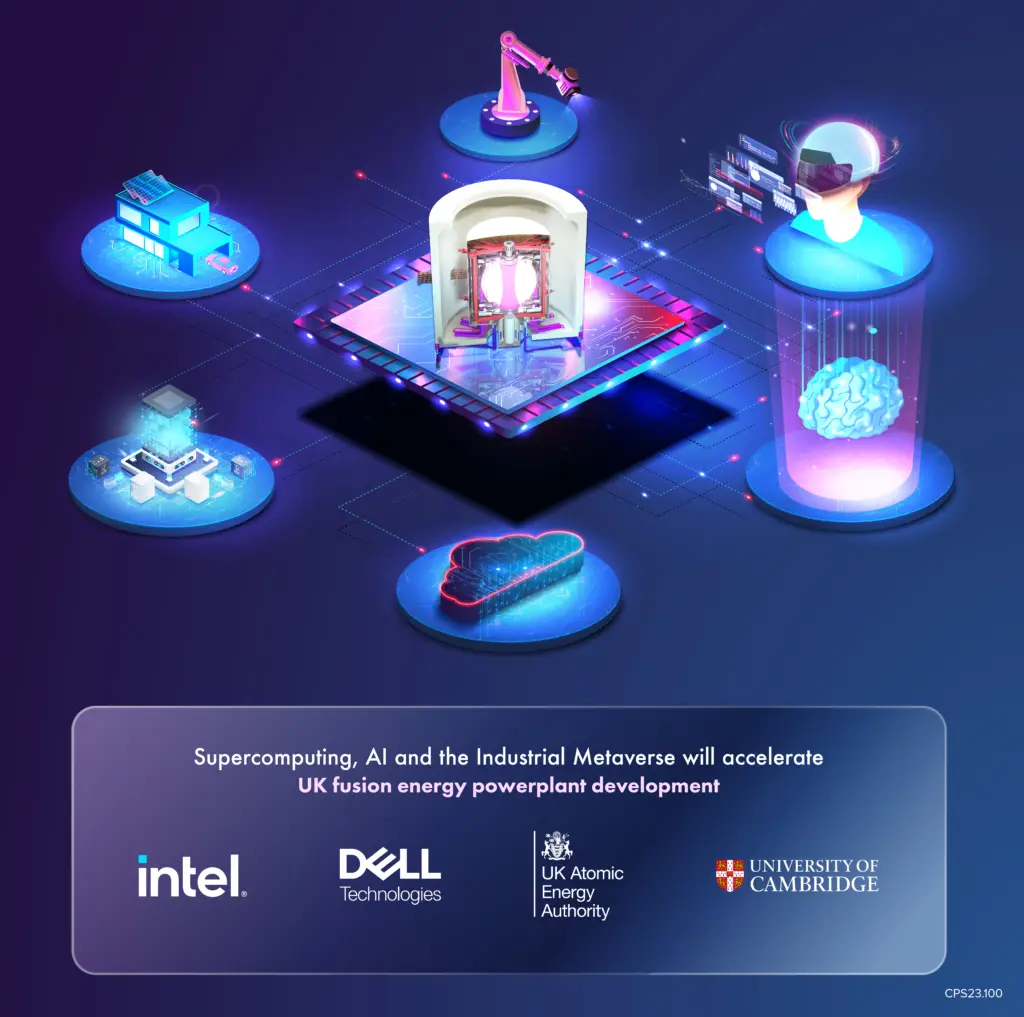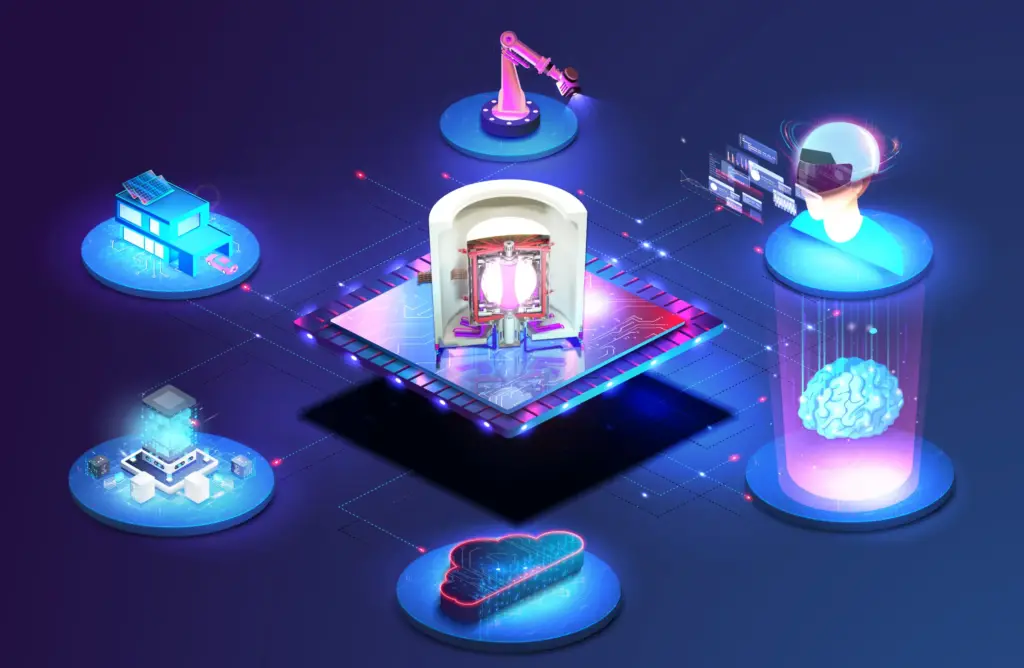In a groundbreaking collaboration, the United Kingdom Atomic Energy Authority (UKAEA) and the Cambridge Open Zettascale Lab are planning to develop a digital twin of the Spherical Tokamak for Energy Production (STEP) prototype fusion power plant, using Intel and Dell technologies.

The aim is to streamline the development and delivery of fusion energy to the grid by the 2040s. The supercomputer for this project, located at the Cambridge Open Zettascale Lab, is equipped with 4th Gen Intel Xeon Scalable processors, distributed asynchronous object storage (DAOS), and oneAPI tools.
The process of commercializing fusion power demands extreme computational resources and artificial intelligence for simulations. The open software solutions that optimize performance can make the journey to commercial fusion power lower risk and more efficient. Despite the promise of fusion energy to provide near limitless and highly sustainable power, the path to a functional fusion power plant remains complex. It requires extensive use of advanced tools, vast modeling, and simulation processes, even as fusion technology continues to evolve.
The collaboration uses the industrial metaverse for the design process, allowing the UKAEA team to adapt their design as new information surfaces and technologies evolve. Intel’s oneAPI tools address simulation functionality and performance, enabling a single codebase to deploy applications across multiple architectures.
With fusion research involving large simulations across thousands of graphics processing unit nodes and transferring a massive amount of data, storage speed becomes a potential bottleneck. To counteract this, the project uses Intel DAOS, an open-source, software-defined, scale-out object store that provides high bandwidth, low latency, and high I/O operations per second (IOPS) storage containers for high-performance computing (HPC) applications.






